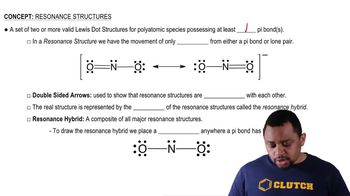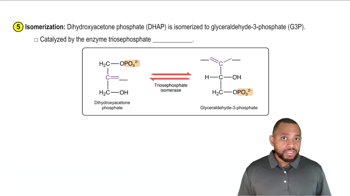Textbook Question
Draw the condensed structural formula, or line-angle formula, if cyclic, for each of the following:
d. 3-chloro-1-butyne
769
views
 Verified step by step guidance
Verified step by step guidance Verified video answer for a similar problem:
Verified video answer for a similar problem:



 :53m
:53mMaster Rules for Naming Alkynes Concept 1 with a bite sized video explanation from Jules
Start learning